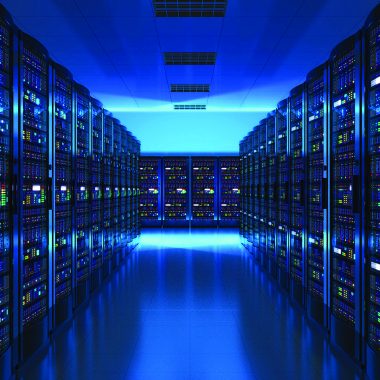Alpha School
Education is evolving with developments in adaptive-learning technology. These tools collect and use data on each student’s performance, progress, and learning style to tailor the learning experience to their proficiency and needs.
As the technology develops, educators and IT professionals hope that it will help students and teachers use their time and capabilities more efficiently and promote equity.
Understanding adaptive technology
Gautam Parasnis, the chief digital officer of the education-software provider Imagine Learning, told BI adaptive technology could create pathways that are more student-centric than traditional methods. “Books don’t collect data,” he said. But with data, he added, Imagine Learning can “understand learning patterns” and give educators personalized recommendations to help students learn quicker.
Courtesy of Brian Galvin
Students can also use adaptive technology to explore interests and boost skills in leadership, linguistic and communication development, and financial literacy. For example, Memrise, a language-learning app with over 70 million users, takes the adaptive-learning approach. Memrise’s CEO, Steven Toy, told BI that the platform offers a “full language-learning experience” through customized daily lessons with spaced repetition and a personalized word list that teaches users terminology common to native speakers.
Mitigating inequity issues
Schools in low-income communities often struggle financially, which inhibits them from integrating technology into their curriculum. This disproportionally affects students of color and limits their access to helpful academic tools.
Parasnis said that Title I funding, which provides federal financial support to schools with a high poverty rate, is a “critical resource.” School districts can use the funds to “purchase technology, provide online tutoring, and address teacher shortages,” he added.
He added that many states were also boosting grants and adjusting policies to help districts manage their budgets more effectively. For example, some states, such as New York and California, allow districts to carry over unused Title I funds into subsequent school years.
Galvin said programs such as Computers for Learning, which provides refurbished computer equipment to schools and educational nonprofit organizations, also help low-income communities. “Corporate partnerships, including Google and Microsoft, have entire divisions dedicated to classroom education and will provide free or deeply discounted Chromebooks, Surface Pro tablets, and software packages to these school districts,” he said.
The challenges of tech-driven educational tools
While adaptive technology has several benefits, implementing these systems involves a lot of trial and error, and it takes effort to meet the demands of rapid feedback when adjusting or replacing apps, Price told BI.
“Another concern is the perception of potential limitations,” Galvin said. “There’s a fear that adapting to a student’s current performance level might inadvertently set artificial limits on their potential. The key question is: Can these systems not only adapt to a student’s current level but also accelerate their progress to close achievement gaps?”
It’s also difficult to change the mindset of people who believe in traditional educational models. Price said 2hr Learning hopes to address this by reframing teachers’ roles as using technology to embrace students’ passions while challenging the learners.
“The adults in the classrooms are not hand-holding or sitting next to a student but instead teaching them to be self-driven learners and helping them with resources when they are stuck,” she said.


